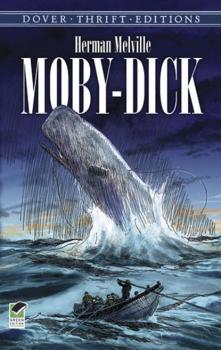ТОП просматриваемых книг сайта:















Dover Thrift Editions
Скачать книги из серии Dover Thrift EditionsАннотация
Информация о книге
Автор произведения Мэтью Грегори Льюис
Жанр Зарубежная классика
Серия Dover Thrift Editions
Аннотация
Информация о книге
Автор произведения George Eliot
Жанр Зарубежная классика
Серия Dover Thrift Editions
Аннотация
Информация о книге
Автор произведения Уилла Кэсер
Жанр Зарубежная классика
Серия Dover Thrift Editions
Аннотация
Информация о книге
Автор произведения Mark Twain
Жанр Зарубежная классика
Серия Dover Thrift Editions
Аннотация
Информация о книге
Автор произведения Emile Zola
Жанр Зарубежная классика
Серия Dover Thrift Editions
Аннотация
Аннотация
Информация о книге
Автор произведения Джеймс Фенимор Купер
Жанр Зарубежная классика
Серия Dover Thrift Editions
Аннотация
Информация о книге
Автор произведения Charles Dickens
Жанр Зарубежная классика
Серия Dover Thrift Editions
Аннотация
Информация о книге
Автор произведения Herman Melville
Жанр Зарубежная классика
Серия Dover Thrift Editions










